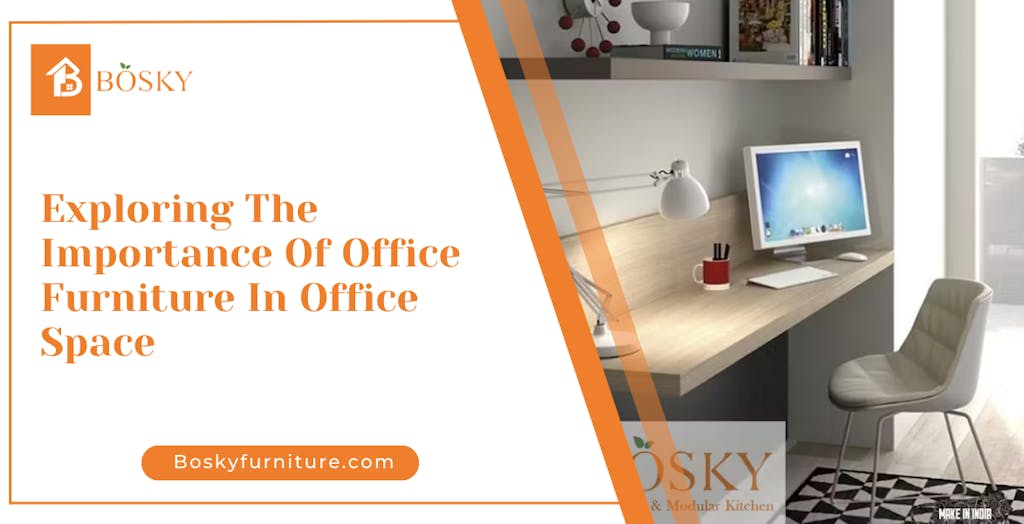Know 4 Principles of Interior Design before Conducting a Renovation
Enhance your home renovation with 4 principles of interior design. Discover how to create a stylish interior design with expert tips and advice.

The reason it is important for you to know certain principles of Interior Design is so that you can integrate your knowledge into your interior design scheme and contribute more fruitfully to the creation of your dream home. A well-designed interior augments the visual aesthetics as well as the resale value of your property. Read the following points to know about the basic principles of interior design by the best interior designers in kolkata.
Maximize your home renovation with the key 4 principles of interior design
1. Equilibrium
Equilibrium or balance refers to the creation of a visual synchronization in the space that is being worked on, by making sure that the elements constituting the space are distributed evenly. Balance lends your space a sense of symmetry; it can be derived in several forms: for example, with shapes, patterns, colors, and textures.
There are three common ways to establish a balance while doing up an interior space. First, there is symmetrical balance, which involves placing objects symmetrically on the two sides of an imaginary central axis. Next, interior designers in kolkata have asymmetrical balance, which while aligning the visual focus with an imaginary central axis, allows the placement of dissimilar or oddly numbered items. Asymmetrical balance usually imparts a more vigorous and natural vibe. Finally, there is radial balance, which comprises arranging objects in a circle around a central focal point, such as a round dining table or a chandelier.
Must Read: 5 Reasons Why Wooden Sofa Is Great For Low Budget Interior Design
2. Accord
Accord or the Principle of Unity refers to the desired uniformity or harmony among the elements used in a design. Factors that can contribute to achieving accord or harmony include the use of similar colors, patterns, or textures, precise and equal spacing of objects and design elements, and the repetition of these elements to create an optical continuation. Simply put, when objects are vigilantly curated, the viewer gets a sense that the entire design comes together seamlessly. For instance, if your space uses disparate items in a variety of shapes and textures that tug viewers in different directions, unity can still be achieved by, say, the use of a single color scheme over a large area.
3. Rhythm
Creating a sense of repetition and contrast in an interior leads viewers in a trip of sustained visual interest. There are various ways to instill rhythm, such as using the same pattern or color in distinct intervals. This is called a repetition rhythm. Rhythms can also be introduced by alternating the use of certain design elements in a manner that can be recognized by the viewer.
4. Accent
This principle, also referred to as Emphasis, posits that every living space should have a central element as a focal point, and all the other peripheral items should complement or cast focus on that central object, which could be a piece of furniture like a piano or a painting or even an accent wall.
Reading this blog would have helped you better comprehend some of the elements at play as you consider conducting a renovation of your home or office space. To accomplish a flawless job within your budget, consult us at Bosky Furniture.
- Share this:



